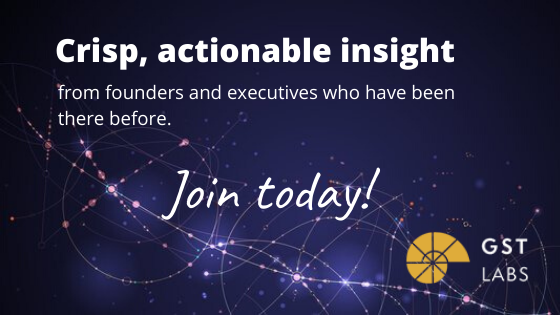Maximize The Adoption Of Your Customers
Adoption
Once a customer is onboarded, they should be adept at using your product to meet their needs. They understand the value of your product and can see real results. Your job is not over, though! You have invested in setting up a deeper, working relationship with your customer that now needs ongoing attention. The foundation of your partnership is mutual trust and ensuring that your product continues to provide value. Below is our step-by-step guide on how to maximize adoption and create repeat customers.
The Impact:
A fully-adopted customer pays dividends for your company. Once a customer is fully adopted, the likelihood of their churn decreases and their expansion increases. VC Tomasz Tunguz highlights the impact of churn: “A healthy, growing SaaS company with -5% churn has 73% higher revenue than one with 5% churn.” This increase in revenue substantially adds to your top-line revenue without any increases in CAC. Moreover, a fully-adopted customer has the potential to become an advocate for your company.
The Goal:
Create a process to maximize the adoption of your customers.
Background:
At a high-level, the adoption process is relatively straightforward: deepen relationships and improve product utilization and value. You want to have a strong relationship with your customer to create future business opportunities. Well-made, market-specific products are a great starting point, but regular customer contact and ongoing support are fundamental to improving customer relationships and increasing adoption.
Steps to Take for Adoption-
Have a Specific Person Accountable:
You should always name a specific role accountable for this function. For ongoing customer relations tasks like these, you may choose someone from the sales team, such as an account manager. It connects a clear line of communication between the customer and your company, lessening the chance of miscommunication. And in business, unclear communication can cause multiple problems and potentially lose a client.
Process Steps:
Set out clear, discrete steps to define each of the following processes that must be completed during onboarding. The key is to have a standard system in place that eases the process for both you and the customer.
Hand-off from Onboarding Team:
We recommend having a specific process in place to ensure hand-off happens promptly with sufficient transfer of knowledge. Specifically, we recommend the hand-off process be triggered when the adoption metric is met.
Support:
What is the process for a customer to get product support? The support process needs to be extremely fine-tuned to maintain customer trust and goodwill.
How does a customer request support?
This needs to be extremely simple and easy to figure out. One recommendation is to get a specific phone number for support-related needs and include that phone number in the email signature line of every person in the company. Next, ask the questions listed below to gain the full picture and fine details for support requests:
- Who responds?
- What is the time frame for response and completion?
- How is a support ticket tracked?
- What is the process for communicating bugs and product fixes to the development team?
- How is a support ticket marked resolved?
Ongoing Communication / Relationship Building:
In a busy start-up, this important component will not happen without intention. What process can you set in place to ensure it does happen? Set a quota. Each account manager needs to meet a weekly quota for number of meetings with current customers. Get current customers talking with these four questions from Verne Harnish’s book, Scaling Up:
- How are you doing?
- What’s going on in your industry/neighborhood?
- What do you hear about our competitors?
- How are we doing?
Proactively Identify Customers:
Find out who is not spending sufficient time in your product. Reach out to them to schedule time together to help them more fully utilize the product and become an expert user. This will proactively help manage churn also. Set aside regular time for team members to share the insights they have gleaned from customer conversations and discuss how to make these insights actionable. Without a defined mechanism to share these insights, they often get lost in the daily workload.
Expansion:
Upsells and account expansion will only come from strong relationships. To this point, you have proactively detailed processes to set up a foundation of trust and relationship. What process can be employed to capitalize on those relationships?
Conclusion:
What is the final outcome of the process that signals it is complete? We don’t want any processes to be left in limbo.
Timeframe:
How long should this process take? It is important to keep a steady cadence to these processes to keep momentum.
Leading Indicators (KPIs):
What metrics can be tracked to indicate the efficiency and effectiveness of this process?
Codification:
Create supporting documents (checklist, workflows, support ticket system, etc.) to make sure the processes that have been designed are implemented.
Iterating-
It will be an on-going process to drive improvements in customer relationships, product, features, and user interface with the goal of full customer adoption. Some considerations if the KPIs start showing signs of process weakness:
Weak Customer Engagement:
Did you lead the customer to the right features? Did you understand their needs appropriately? Does the customer lack the resources or capacity to use your product? How can you better align perceived value to experienced value?
Declining Engagement:
Why is a solid user falling off? Did your champion leave or get promoted? Bigger company changes (acquisition, new focus), personal issues?
For More Information About Our Plays:
For detailed information about our playbook and insights from our team contact us at venturepartner@gstdev.com. Our goal is to help your business come out on top - let us help get you there.


